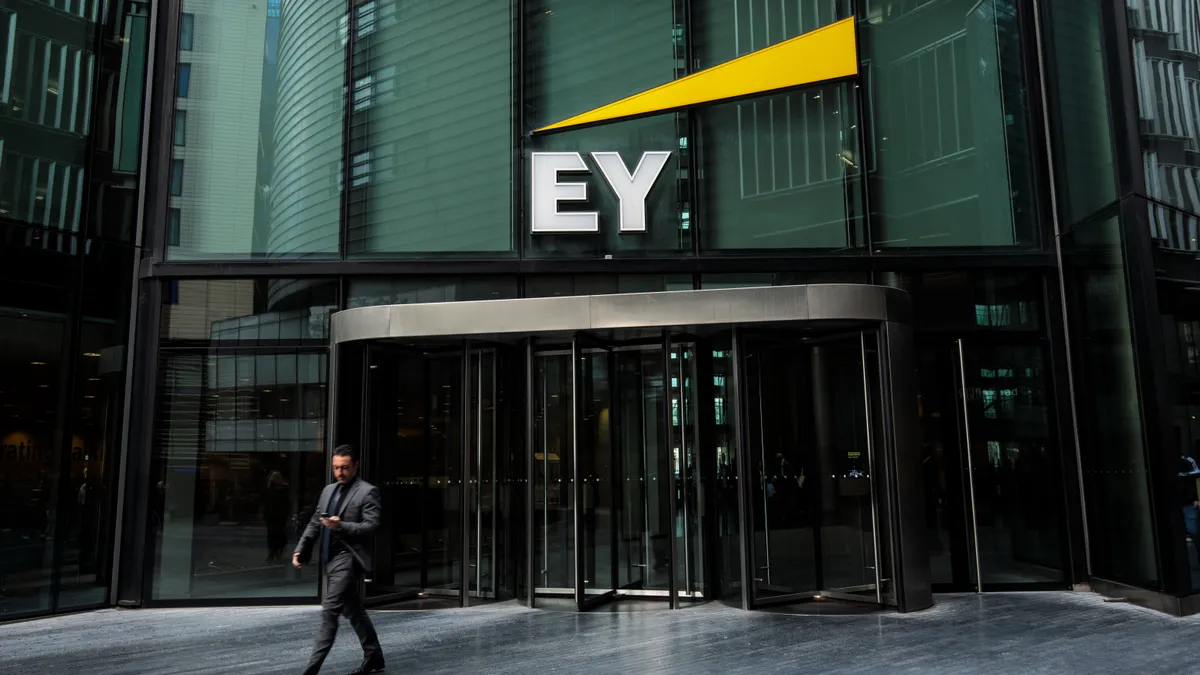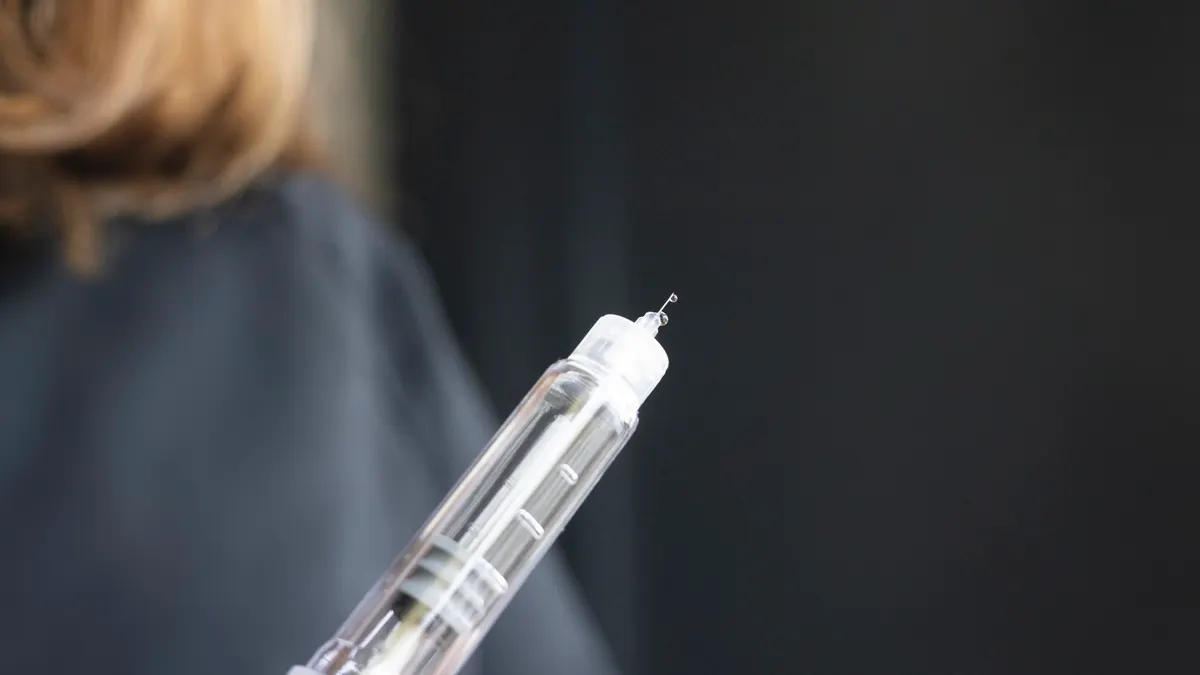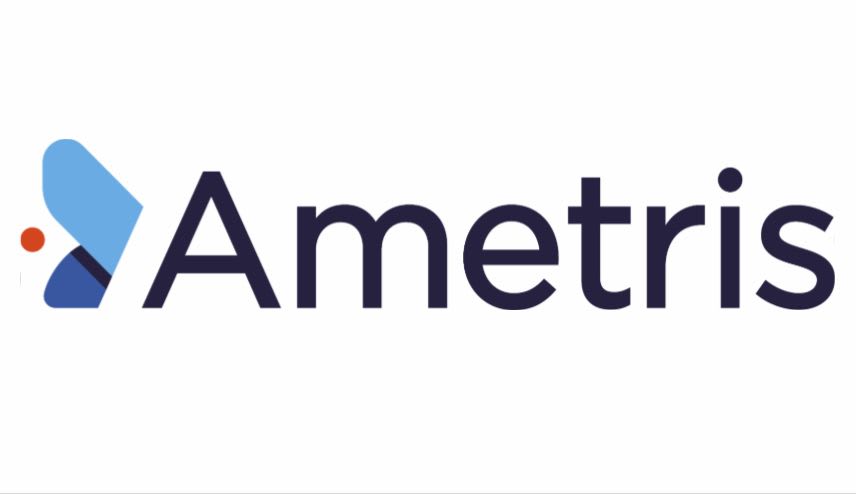After stumbling in 2020, deal-making in pharma never regained its pre-pandemic stride in 2021. Although several areas of healthcare saw revitalized M&A activity last year — including the medical device industry, physician medical groups and rehabilitation sectors — drugmakers still weren’t ready to open up their wallets for major deals.
Part of the challenge is that, in some ways, pharma companies have continued to grapple with isolation. With many industry events still being cancelled or postponed, Arda Ural, the EY Americas Industry Markets leader, Health Sciences and Wellness, says that company leaders simply haven’t had as many opportunities to scout for new prospects.
“The ability to roam and network has been impaired,” Ural says. “In the absence of face-to-face dialogue with peers, pharma companies have decided to go back to their trusted circle of peers…so deals [with new partners] have subsided as a result.”
The industry’s sharp focus on developing and manufacturing COVID-19 vaccines and therapeutics has also taken corporate energy away from striking new deals.
Overall, Ural says that the total value of M&A in pharma in 2021 was $108 billion — far below the 10-year average of about $200 billion per year. In addition, the industry failed to notch a single megamerger — worth $30 billion or more — in 2021.
But there are plenty of reasons pharma could get its M&A groove back in 2022. Here’s a look at what Ural says could be the key drivers behind future deal-making growth.
De-risked assets
In a year without a megamerger, bolt-on acquisitions of smaller targets continued to dominate the M&A scene. According to Ural, 88% of the M&A activity in 2021 was from bolt-on deals. Going forward, pharma will continue to deploy this strategy for new acquisitions.
“There are a limited number of late-stage assets,” Ural explains. “But there is enough capital to chase what’s there.”
Naturally, the deals will generally circle around assets that have already passed critical clinical hurdles and have become established science.
“In our business, capital follows science,” Ural says. “And if science is de-risked, it becomes very attractive.”
Purchasing power
The biopharma industry is now leveraging a significant amount of firepower, which measures a company’s ability to perform M&A based on the strength of its balance sheet. According to a recent report from EY, biopharmas closed 2021 with about $1.2 trillion in firepower — the highest level recorded since 2014.
Yet, the industry has shifted its firepower away from acquisitions in the last few years and instead, has focused on partnerships. In 2019, pharma spent 9% of its firepower on alliances and 25% on M&A. In 2021, the script flipped and 9% was spent on M&A while 13% was used for alliances.
Although strategic partnerships and alliances are becoming a more prominent strategy to add value to a pharma company, the significant firepower will still give the industry plenty of room to grow M&A.
In EY’s firepower report, Jean-Paul Kress, CEO of MorphoSys, also weighed in on the outlook for pharma M&A in 2022. According to Kress, the shifting market dynamics — such as increased access to capital — are leveling the financial playing field for small- to mid-sized pharma companies. As a result, these companies could pursue M&A more aggressively as a defense against becoming acquisition targets themselves.
The innovation deficit
There’s a common refrain that pharma companies are not investing as much in R&D as they used to. The reality, however, is that the industry is investing more in research in recent years.
According to Ural, pharma’s R&D spend as a percentage of revenue increased from 14% in 2010 to 17.7% in 2021. But the challenge now is that pharma companies are pursuing more complex targets, ultimately leading to higher rates of failure.
On top of that, top-line erosion from drugs falling off the patent cliff will often not be adequately offset by new treatments in the R&D pipeline.
To fill the innovation gap, larger pharma companies will continue to go outside of their house to find attractive assets. In particular, M&A transactions will focus on the hot new modalities — such as cell and gene therapies, antibody drug conjugates and RNA-based treatments — that are becoming major growth-drivers in the industry. In fact, by 2026, EY predicts that new modalities and biologics will comprise 60% of sales from new product launches.
Divest to invest
Late last year, Johnson & Johnson, the world’s largest drugmaker, announced that it is spinning off its consumer healthcare division to focus on pharma and medical devices. Companies that pursue similar divestment strategies could then free up capital to pursue M&A.
“Before companies can transform, they sometimes need to raise capital. That happens through divesting to invest,” Ural says. “Companies need to optimize their portfolio…and then they need to transact to transform. That is the formula for the foreseeable future.”












